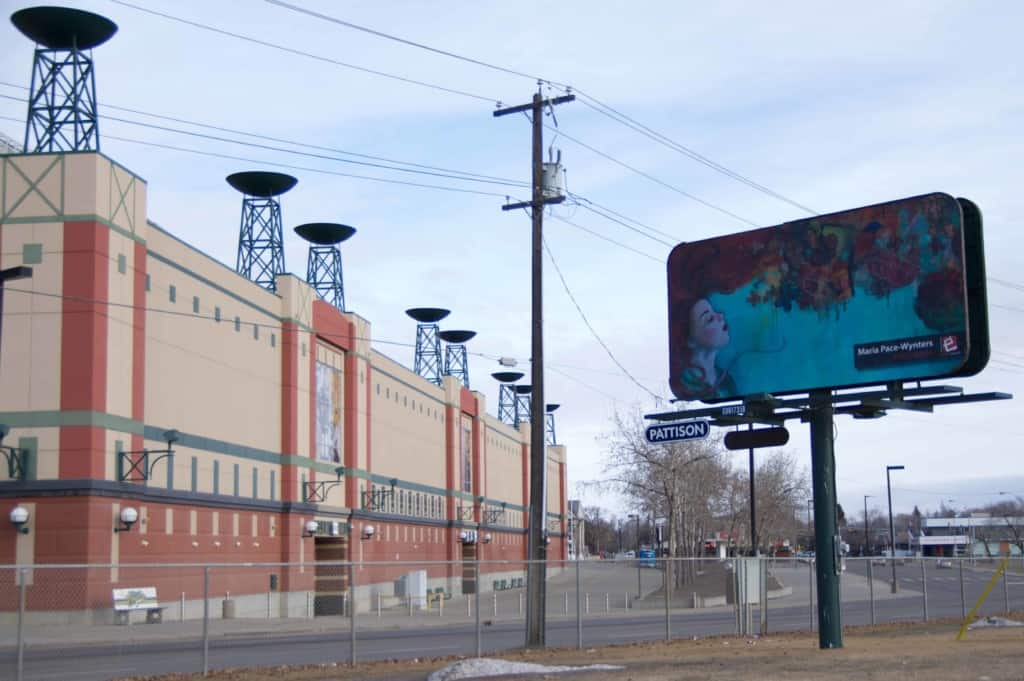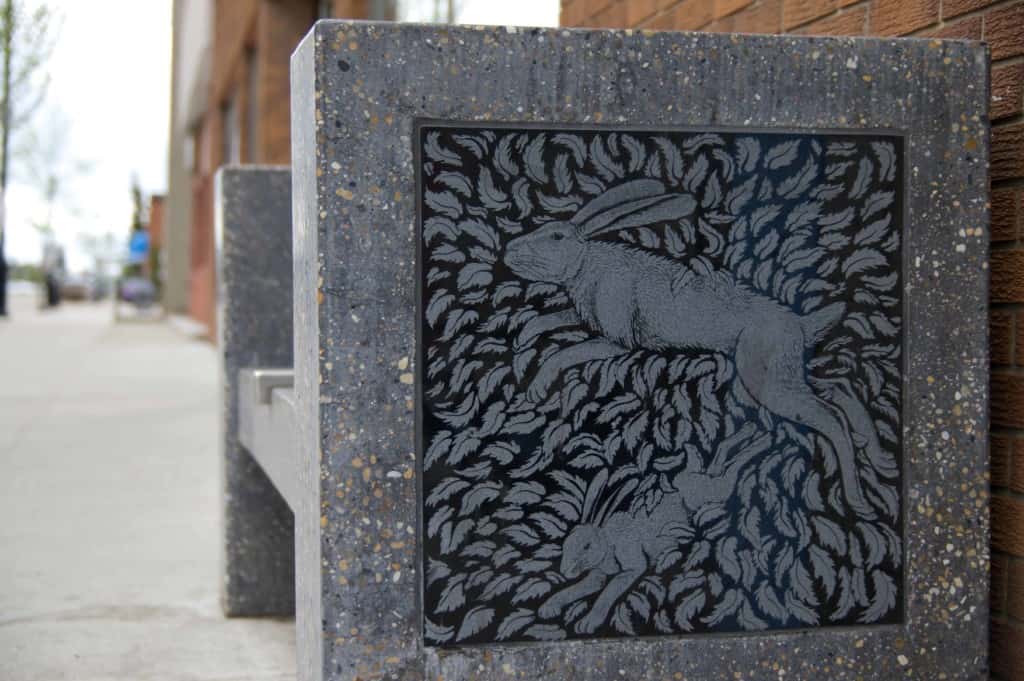Great public art inspires and becomes iconic
Recently, Bowfort Towers, a piece of public art installed in Calgary, caused an uproar. The first theme of criticism was that the cost, $500,000, was wasteful in this economic downturn. The second was aesthetic and cultural, that the art was unattractive. A secondary argument to that was that it resembled Blackfoot burial structures, and that a non-indigenous American artist created this work using indigenous influences without understanding the symbolism.
In Edmonton, a similar argument erupts occasionally when a piece of public art catches criticism—the Talus Dome, AKA silver balls, near the Quesnell Bridge, has been a focus of hate and adoration.
Public art seems to be an extravagant way to spend tax dollars, but city-funded public art is a fraction of the cost of a major development. The City of Edmonton’s policy requires one per cent of the eligible budget for any publicly-accessible project be earmarked for art. But the returns are intangible, and the benefits are not often clear for everyone.

Sanjay Shahani is the executive director of the Edmonton Arts Council (EAC), a not-for-profit organization that administers the public art collection in Edmonton. The EAC is arms-length from the City of Edmonton and is operated by and for artists to create art in the city through grants and initiatives such as the Percent for Art policy.
Shahani argued the 250 plus pieces of public art in Edmonton enhances our quality of life, and is as necessary as any other public infrastructure.
“It links people to the community and enhances the sense of place. If there is a structure or landscape that is built, it ensures that connection with that place. It makes us stop and look, touch, feel.”
I’ve seen this at play in the Commonwealth Rec Centre with Toronto and Vancouver art collective Instant Coffee’s piece, Afghan Mural. The artwork consists of photographs of Afghan blankets mounted on spinning poles. It invites interaction, with kids often turning the panels around and experimenting with the images. Great public art attracts that kind of interaction and helps make a place memorable.
“There’s a notion of civic engagement, and potentially enabling ordinary citizens to appreciate beauty and to connect to that object. It helps you to recognize that the world is not always as it seems. I think we are hardwired to feel that appeal to the senses and appreciate form,” said Shanani.

The process to choose what artwork gets installed is designed to be inclusive of the community and encourage diversity of the kinds of projects that are considered in terms of medium, genre, and whether the artist is local, national, or international.
A call to artists asks for their qualifications and proposal for a project, and a jury of city staff, artists, project team members, and community representatives evaluates these proposals. They are each given copies of the proposals, then meet to discuss the merits of each one before selecting one by consensus. Community engagement, such as surveys and open houses, are used when it seems necessary; such was the case with the Indigenous Art Park in the river valley.
A successful public art project has to be beautiful, but it must also work within physical and financial parameters. It has to be possible within the budget and timelines. Additionally, it must be safe, durable, and have reasonable maintenance requirements. The cost goes to materials, manufacturing, and installation. The artist may or may not be able to take a fee, depending on the budget.
Great public art becomes iconic. The High Level Bridge’s Great Divide Waterfall, created for Alberta’s 75th anniversary in 1980, was controversial in its day, but became one of Edmonton’s iconic images. Along 118 Avenue, the stone benches with etched images are hard to miss. More recently, Vaulted Willow, a Barbapapa-like sculpture in Borden Park, is an example of a visually iconic work that attracts attention and interaction. In August, the EAC hosted a summer picnic in Borden Park to show people 11 sculptures that will be there for two years and give people an opportunity to meet the artists who created those pieces. These examples of public art attract people to a city. Edmonton has struggled with branding and identity; art is one way to define ourselves.
So if you complain about a public art piece, have good reasons. Be critical, but learn about them, read about what the artist intended, and think about how the piece succeeds or how misses the mark. Get involved.
Shahani suggests letting the art grow on you. “Over time, it will add to the sense of community, the feeling of being together. That’s what the art gives us.”
Read more on grants programs and how to be involved on the EAC website, edmontonarts.ca or explore Edmonton’s public art at http://edmontonpublicart.ca.
Featured Image: This stone bench along 118 Avenue, with art by Cindy Revell, is an example of functional public art. | Doyle C Marko







